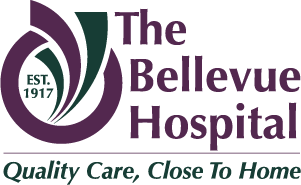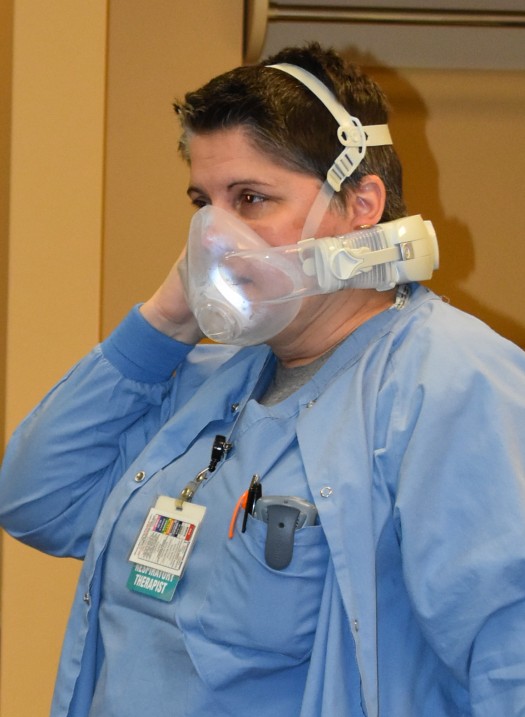Ever since COVID-19 made its presence known last March, The Bellevue Hospital (TBH) has been focused on finding advanced technologies and equipment to protect patients and healthcare workers from this dreaded disease. One priority at the start of the pandemic was researching, adding and helping to replace the aging fleet of powered air-purifying respirators (PAPRs) the hospital currently owned.
“Because of the pandemic, PAPRs were being used more frequently and the hospital wanted to ensure it had an adequate amount to protect healthcare workers on the frontline,” explained Sara Brokaw, TBH’s vice president of patient care services.
PAPRs are used to safeguard employees who are exposed to contaminated air that may cause acute respiratory infections. TBH added 31 CleanSpace HALOs to its fleet of PAPRs in fall 2020 and frontline clinical staff began utilizing them in patient care areas such as the emergency department and intensive care unit when needed.
“TBH is one of the first hospitals in Ohio to bring in this advanced technology,” Brokaw said. “The HALOs offer a streamlined, breath-actuated functionality, which caters to more effective communication and maneuverability.”
The new PAPRS use patented AirSensitTM technology to deliver cool, filtered air on demand when the protection of front-line healthcare workers is critical. A HALO can be easily and quickly donned in under 10 seconds and it has no heavy belts or hoses. This makes it practical in hospital settings, and easy to deploy in an emergency.
“We have been receiving positive feedback from staff,” said Gina Carlson, director of respiratory therapy, sleep disorders and clinical education.“It’s lighter, staff can put it on quickly and the soft transparent facemask allows for easy communication.”
TBH employees in a variety of patient care areas are being fitted and trained on the new equipment. In addition to the HALOs, the hospital now has 13 new MAX Air CAPRs (Controlled Air Purifying Respirators) and 12 of the original MAX Air PAPRs in its PAPR fleet.

